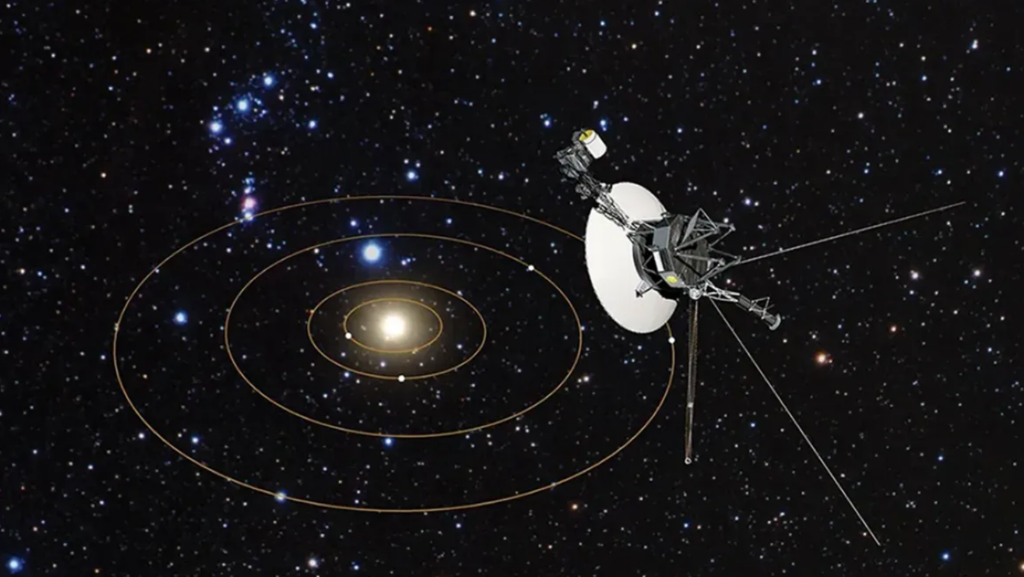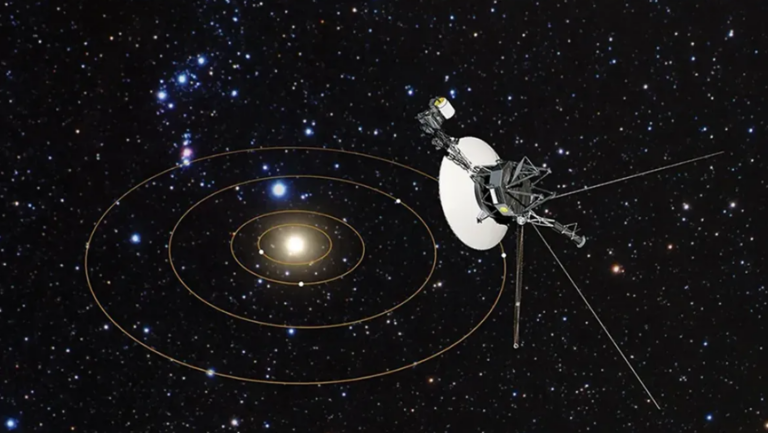NASA Activates Thrusters on Voyager from 24.63 Billion Kilometers Away
Allow me to bring some good news from the Harvard-Smithsonian Center for Astrophysics after few years of hard space travels. Back in NAS, the organization has managed to use the spacecraft’s thrusters from a record distance of 24. It is also said that it may take almost 63 billion kilometers (15. 31 billion miles) away.

Image credit: NASA, ESA, and G. Bacon (STScI)
Although it is the human created object, Voyager 1 has gone beyond heliopause and entered into the interstellar space. Nonetheless, It still sends crucial info back to our planet facilitating our understandings of the space between stars beyond our solar system and all this the rover does with just 69. 6,3 Kb of onboard memory and code compiled in the Fortran 5 language used, which is currently outdated.
As Suzanne Dodd, Voyager project manager, likes to tell NPR, ‘The button you press to unlock your car has more computing power than the Voyager spacecraft. ’ For over 46 years they are still in operation and it is such a wonder how they are still in the air.
In the recent past, the Voyager 1 has been displaying signs of a craft that has aged. For a while, it developed the nasty habit of sending back strings of 1s and 0s instead of useful scientific information; this was as a result of memory corruption, but it was easily corrected with commands from Earth. Nevertheless, new issues have appeared for a spacecraft these days.
NASA realized that one of the Voyager’s thrusters had a problem; these are important for tracking the orientation of the probe so that it can receive messages from Earth and send ones of its own. “47 years trapped inside the thrusters’ fuel tube, silicon dioxide accumulated, which is basically the sign of aging coming from a rubber diaphragm of its fuel tank of the spacecraft”, NASA mentioned. This clogging reduces the efficiency of the thrusters that are required in developing the necessary force.
The liquid hydrazine thrusters used to move the spacecraft to orient it towards the Earth and to fine tune the position fire about 40 times every day. Voyager is equipped with three sets of thrusters: to power the spacecraft for propulsion and for the purpose of trajectory correction. Originally, in 2002, the first propulsion thruster developed a problem of clogging and so the backup was used, which also started developing a problem of clogging in 2018. As for the rest, the trajectory correction thruster which has been in use since, is even more clogged now. NASA has taken time to plan a get back to one of the less congested thrusters.
This is not as easy as it sounds because of this process. Ever changing a thruster on a spacecraft that is light years away from the earth, there is more to it. As a way of using less power, but at the same time, maintaining the functionality of certain scientific instruments NASA has turned off several instruments and heaters. One of the thrusters that the team could activate to escape had not been used for a while and if the team were to activate it; it was likely to break down therefore the team had to warm it. The spacecraft’s power source is fading (its plutonium-based power supply is almost exhausted); as a consequence, the NASA team had to shut down one of the main heaters to turn on the thruster’s heater.
On 27 August, to point Voyager to the Earth again NASA warmed the thruster for an hour and fired it. However, the mission is nearing its end as the power supply goes on declining to the extent that it will have to stay in Interstellar space without communication with Voyager 1.
Do not forget to share your opinion with us to provide you with the best posts !




0 Comments